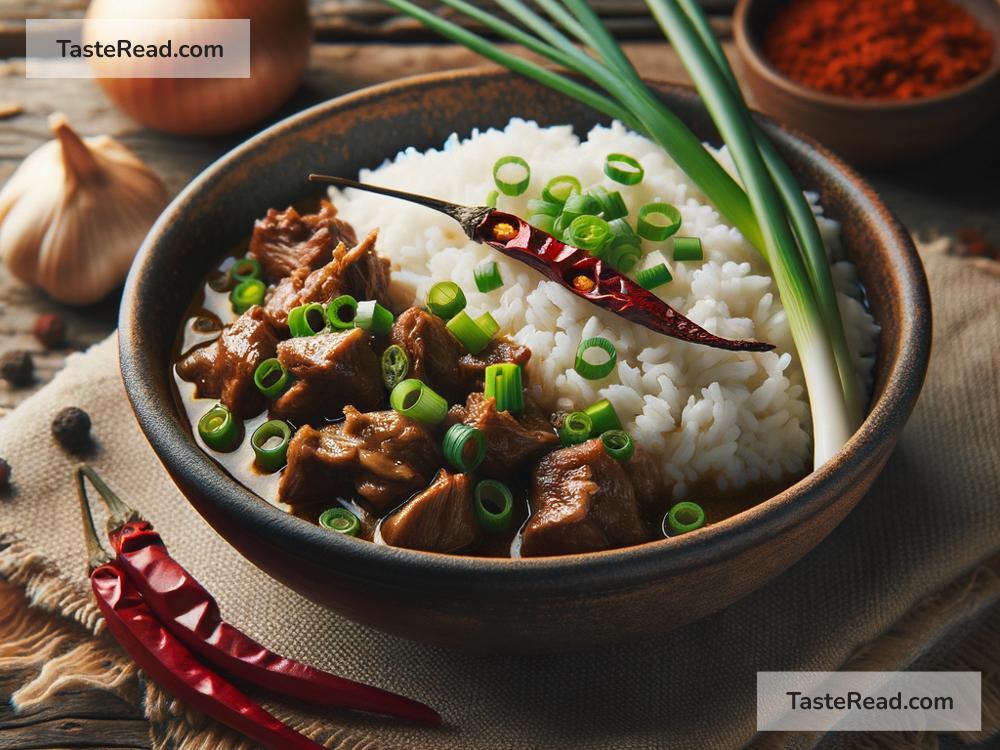Title: How the Filipino Adobo Became a Comfort Food Classic
In the world of comforting dishes, few can claim a seat at the table quite like the Filipino adobo. A humble yet flavorful concoction, adobo has woven its way into the hearts and kitchens of countless people, both within the Philippines and far beyond its shores. But how did this simple dish rise to become a comfort food classic? Let’s delve into the story of adobo and discover the magic behind its enduring appeal.
At its core, adobo is a dish that embodies the concept of simplicity and resourcefulness. The name “adobo” itself is derived from the Spanish word “adobar,” meaning marinade or sauce, showcasing the dish’s colonial influences. However, the Filipino adobo predates the Spanish arrival in the Philippines in the 16th century. The Filipinos had already been stewing their food in vinegar and salt to preserve it in the tropical climate. When the Spanish colonizers came, they saw this cooking method and named it adobo, and the name stuck.
The basic ingredients of Filipino adobo include meat (usually chicken, pork, or a combination of both), vinegar, soy sauce, garlic, bay leaves, and black peppercorns. The meat is marinated in the vinegar, soy sauce, and garlic, then simmered in the same mixture along with the bay leaves and peppercorns until tender. The result is a savory, tangy, and slightly salty dish that brims with depth and flavor.
What makes adobo a comfort food classic? The answer lies in its versatility, simplicity, and the warmth it brings to those who enjoy it. Let’s explore these aspects:
Versatility
One of the reasons adobo is beloved by many is its versatility. While there are basic ingredients, the proportions can vary greatly depending on personal or regional preferences. Some like their adobo dry, with the sauce reduced until it clings to the meat, while others prefer it “saucy,” with plenty of liquid to pour over rice. Additionally, variations of the dish incorporate ingredients like potatoes, coconut milk, or even pineapple, showcasing the adaptability of adobo to different tastes and available ingredients.
Simplicity
In a world where complex flavors often come from an extensive list of ingredients, adobo stands out for its simplicity. With just a handful of ingredients, many of which are pantry staples, adobo can be whipped up with minimal fuss. This simplicity is key to its appeal as a comfort food; it’s accessible and doable for cooks of all levels, bringing a taste of home even to those living far away.
The Warmth of Home
Beyond the flavors and flexibility of adobo lies its power to evoke feelings of warmth and home. For many Filipinos, adobo is more than just a dish; it’s a fond memory of family gatherings, a soothing meal after a long day, and a symbol of Filipino resilience and creativity. The aroma of simmering adobo is often associated with the comfort of being home, making it a dish that warms the soul as much as it satisfies the appetite.
In addition to its sentimental value, adobo’s rise as a comfort food classic can be attributed to the global Filipino diaspora. As Filipinos settled in various parts of the world, they brought with them their culinary traditions, including adobo. The dish has found its way into the hearts of many non-Filipinos, introduced through Filipino restaurants, community events, and households.
Moreover, adobo’s appeal has been boosted by social media and the growing interest in global cuisines. People from different backgrounds are now more open to trying dishes from around the world, and adobo, with its easily relatable flavors and simplicity, has resonated with many.
In conclusion, the Filipino adobo’s rise to becoming a comfort food classic is a testament to its versatility, simplicity, and the warmth it brings. It’s a dish that transcends cultural and geographic boundaries, bringing people together over a shared love for good food. As adobo continues to spread its savory, tangy, and slightly salty charm across the globe, it stands as a proud representation of Filipino culinary heritage, comforting and delighting palates wherever it goes.


